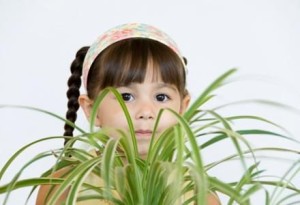 You may know a bit about Poisoning Prevention for Children, but how much do you really know?
You may know a bit about Poisoning Prevention for Children, but how much do you really know?
For one thing, many parents seem to focus more on bottles of cleaners and household chemicals than something as innocuous as say a houseplant. Most people don’t realize that their plants are actually toxic to humans and animals if ingested! Some plants are kept because they are relatively easy to grow and maintain and may improve not only the aesthetics of an area but air quality as well. House plants have been proven to affect how people feel about their environment. Hopefully that effect is always going to be positive, but with a little information, the dangers of brightening up a room can be avoided.
During the holiday season, when children are brought into unfamiliar homes and allowed to run loose with cousins, friends, and other family members, oftentimes the safety of a home is taken for granted. Especially if the home belongs to someone unaccustomed with the peculiar need for children to stick just about anything in their mouths. Poisoning prevention for children is not a common topic.
The poinsettia is one of the most obviously toxic plants that can be found during the holiday season. Its almost unnaturally bright leaves are a warning to most, but on the other hand, might be enticing for toddlers to see how they might taste. Though found on the lower end of the toxicity scale, they should be monitored and kept away from children. In the very least a plant limited to seasonal availability might be an unknown for allergies and could pose a life-threatening irritant for someone with a sensitivity to it.
Less obvious is the philodendron, which are one of the most common house plant. Relatively easy to grow and maintain, it also contains a chemical in the leaves (calcium oxalate) which can cause inflammation of the mucus membranes, which could lead to difficulty in breathing and potentially a trip to the emergency room.
Visit the American Association of Poison Control Centers for some valuable information.







